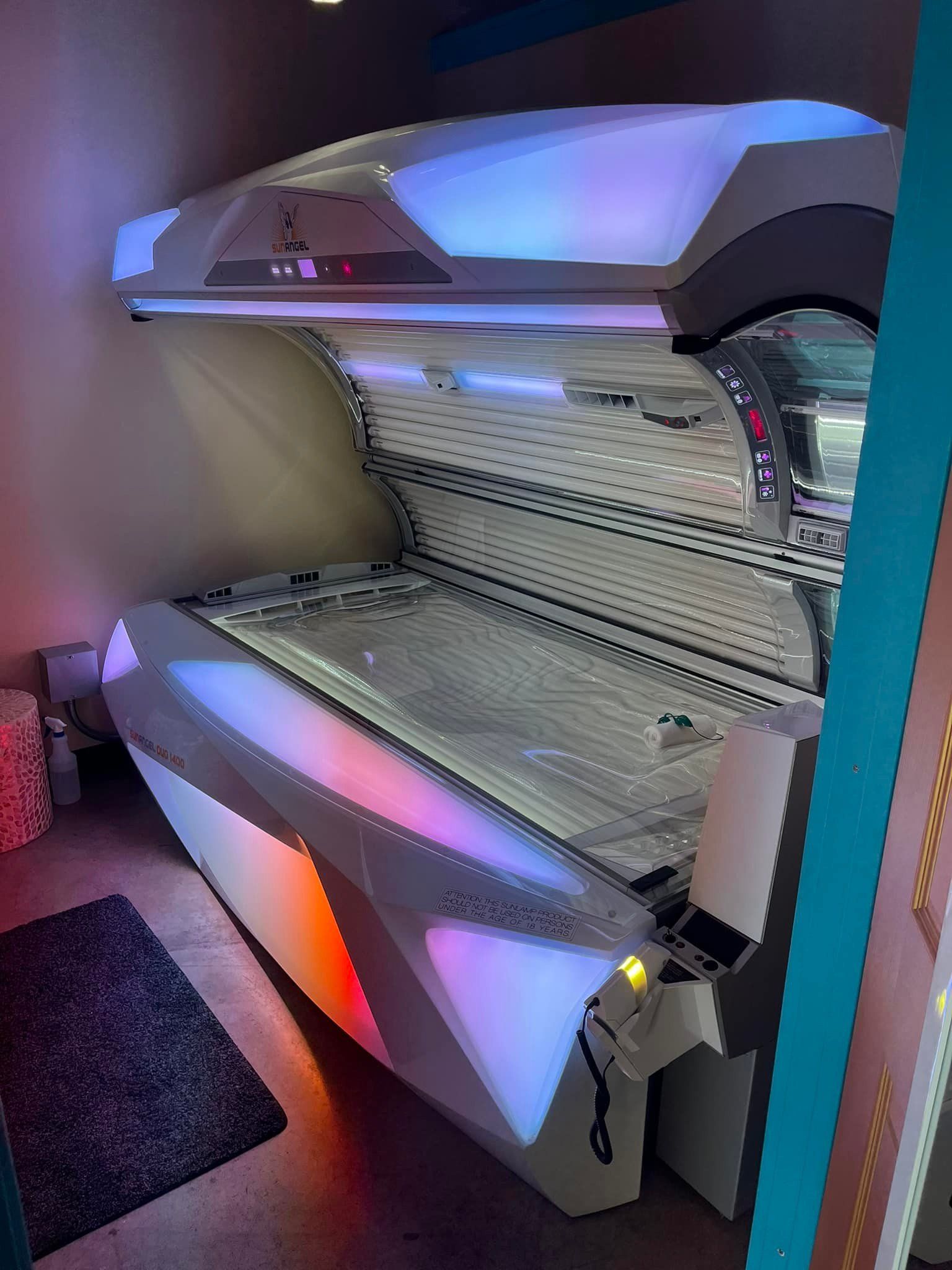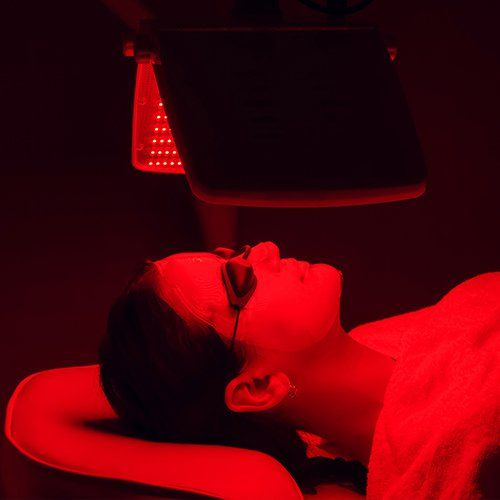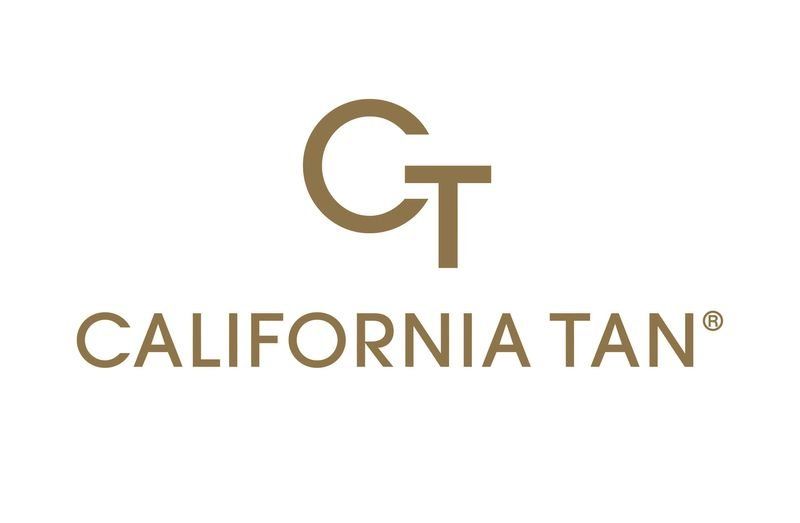Blog

As the leaves change and the air turns crisp, it’s time to transition your tanning routine for the fall season. While the summer sun might be waning, there’s no reason your golden glow has to fade too. With a few adjustments and the right products, you can keep that radiant tan all autumn long. Here are some essential tips to help you maintain your tan this fall:

Red light therapy (RLT) is gaining popularity as a non-invasive treatment for various health and beauty concerns. But what exactly is it, how does it work, and what are its benefits? Let's dive into the fascinating world of red light therapy. How Red Light Therapy Works Red light therapy involves exposing the skin to low levels of red or near-infrared light. Unlike ultraviolet (UV) light, which can damage the skin, red light penetrates the skin without causing harm. The key to its effectiveness lies in its interaction with the mitochondria, the powerhouse of our cells. When red light is absorbed by the mitochondria, it boosts their energy production, enhancing cell function and repair12. This process, known as photobiomodulation, helps stimulate collagen production, increase blood circulation, and reduce inflammation. As a result, red light therapy can improve skin texture, reduce wrinkles, and promote healing of wounds and scars12. The Discovery of Red Light Therapy The journey of red light therapy began in the 1960s with Hungarian physician Endre Mester. While experimenting with low-level lasers on rats, Mester observed that red light promoted hair growth and accelerated wound healing34. This accidental discovery laid the foundation for modern red light therapy. Further advancements came in the 1990s when NASA explored the use of red light to promote plant growth in space. They found that red light also had beneficial effects on human cells, particularly in wound healing and pain reduction5. This research spurred interest in the medical and cosmetic applications of red light therapy. Benefits of Red Light Therapy Red light therapy offers a wide range of benefits, supported by ongoing research: Skin Health: RLT can reduce wrinkles, scars, and redness, making it a popular anti-aging treatment61. Wound Healing: It accelerates the healing of wounds and reduces inflammation, making it useful for post-surgery recovery17. Pain Relief: RLT can alleviate pain from conditions like arthritis, tendonitis, and muscle injuries by reducing inflammation and promoting tissue repair8. Hair Growth: Studies have shown that red light can stimulate hair follicles, promoting hair growth in individuals with alopecia7. Mental Health: Emerging research suggests that RLT may improve mood and cognitive function, potentially benefiting those with depression or cognitive decline5. Conclusion Red light therapy is a promising treatment with a rich history and a growing list of benefits. Whether you're looking to improve your skin, accelerate healing, or relieve pain, RLT offers a non-invasive and effective solution. As research continues, we can expect to see even more applications for this versatile therapy. Have you tried red light therapy, or are you considering it? Share your thoughts and experiences in the comments below! Feel free to ask if you need more details or have any other questions!










